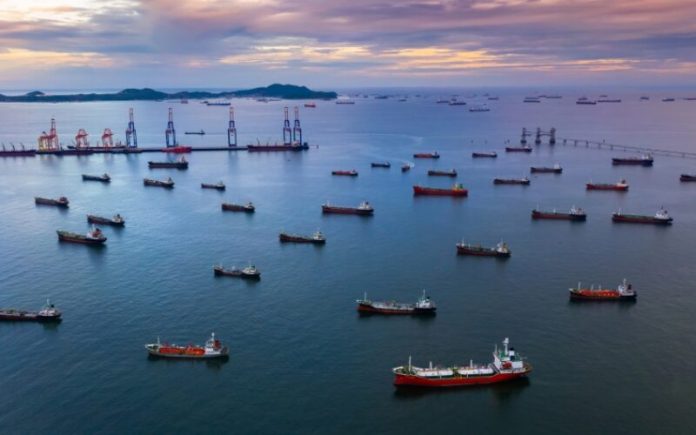The first trials of the Blue Visby Solution prototype reduced CO2 emissions by an average of 17.3 per cent during voyages on two bulk carriers chartered by CBH Group, a member of the Blue Visby consortium, Splash 247 reports.
In March and April 2024, the first trials of the Blue Visby Solution, a project best described as a mitigation tool for sail-fast-wait-time operations, took place on the bulk carriers Gerdt Oldendorff and Begonia. The two vessels made ballast voyages to CBH Group’s grain terminal in Kwinana, Australia.
The test results showed CO2 savings of 28.2 per cent for Gerdt Oldendorff and 12.9 per cent for Begonia, averaging 17.3 per cent at 14 knots.
In the case of Gerdt Oldendorff, the prototype tests resulted in CO2 savings of 7.9 per cent when compared to the vessel’s assumed speed of 12 knots. If the vessel increased speed to 14 knots, the potential CO2 savings would be 28.2 per cent. Several speed benchmarks were tested – revolutions per minute, idle times and normal situations. The parties also had a choice of how to calculate the financial cost of fuel savings and extended ocean crossing – using contract rates or market rates provided by the Baltic Exchanges.
Results of the pilot test programme
The level of CO2 savings during the trial was consistent with studies that had previously taken place as part of a pilot programme in 2023, where ten voyages yielded an average of 18.9% potential CO2 savings, and a series of retrospective simulations of 284 voyages from November 2021 to August 2023, which yielded an average of 25.6% potential CO2 savings.
The Blue Visby Solution also had no effect on weather conditions, flight scheduling and mooring times – all of which remained in the hands of the participants.
The data from the pilot programme in 2023 and trials in 2024 are consistent with previous research and retrospective modelling of 20,580 voyages worldwide for 3651 panamax class vessels in 2022, which showed potential CO2 savings from the Blue Visby Solution averaging 23.2%.
More participatory prototype trials will take place in the coming months as the R&D phase ends and the commercial roll-out of Blue Visby begins.
Haris Zografakis and Pekka Pakkanen, coordinators of the Blue Visby Consortium, said:
“The CBH prototype trials demonstrate that the Blue Visby Solution will be a central element of any successful decarbonisation strategy for all maritime stakeholders: shipowners, charterers, traders, cargo interests, terminals, and ports.”
